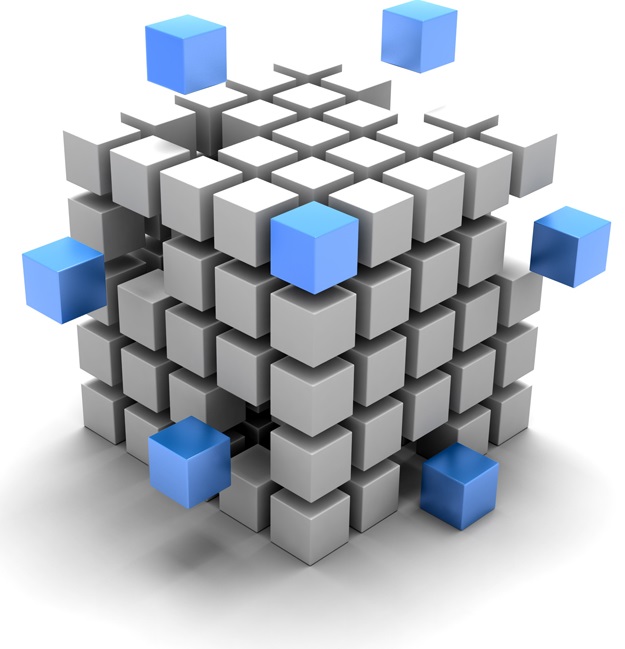Distributed database system technology is the union of what appear to be two diametrically opposed approaches to data processing: database system and computer network technologies. Database system have taken us from a paradigm of data processing in which each application defined and maintained its own data to one in which the data is defined and administered centrally. This new orientation results in data independence , whereby the application programs are immune to changes in the logical or physical organization of the data. One of the major motivations behind the use of database systems is the desire to integration the operation data of an enterprise and to provide centralized, thus controlled access to that data.… Read the rest
Database Management Systems
Data Mining Functionalities
Data mining has an important place in today’s world. It becomes an important research area as there is a huge amount of data available in most of the applications. This huge amount of data must be processed in order to extract useful information and knowledge, since they are not explicit. Data Mining is the process of discovering interesting knowledge from large amount of data.
The kinds of patterns that can be discovered depend upon the data mining tasks employed. By and large, there are two types of data mining tasks: descriptive data mining tasks that describe the general properties of the existing data, and predictive data mining tasks that attempt to do predictions based on inference on available data.… Read the rest
Data Mining – Meaning, Processes and Models
Data mining involves the use of sophisticated data analysis tools to discover previously unknown, valid patterns and relationships in large data sets. These tools can include statistical models, mathematical algorithms, and machine learning methods such as neural networks or decision trees. Consequently, data mining consists of more than collecting and managing data, it also includes analysis and prediction. The objective of data mining is to identify valid, novel, potentially useful, and understandable correlations and patterns in existing data. Finding useful patterns in data is known by different names (e.g., knowledge extraction, information discovery, information harvesting, data archaeology, and data pattern processing).… Read the rest
What is an Enterprise Database?
Data are the raw material from which information is produced. Therefore, it is not surprising that in today’s information-driven environment, data are a valuable asset that requires careful management. To access data’s monetary value, data that stored in company database are data about customers, suppliers, inventory, and operations and so on. Imagine that all the data in the database loss. What will happen if the situation like that happen? Data loss puts any company in a difficult position. The company might be unable to handle daily operation effectively; it might be faced with the loss of customers who require quick and efficient service, and it might lose the opportunity to gain new customers.… Read the rest
Database Security Threats and Countermeasures
Information is very critical asset. Organizations create so much information and they use database systems to handle the information within them to automate various functions. Due to information importance, information protection is a critical component of the database management system. Information security is the goal of a database management system (DBMS), also called database security.
To be able to manage a huge amount of data effectively and fast, a well organized system is needed to build. It will also need to store and retrieve data easily. Generally, a database system is designed to be used by many users simultaneously for the specific collections of data.… Read the rest
Online Analytical Processing (OLAP) – Definition, Architecture and Functionality
OLAP Council (1997) define Online Analytical Processing (OLAP) as a group of decision support system that facilitate fast, consistent and interactive access of information that has been reformulate, transformed and summarized from relational dataset mainly from data warehouse into Multi-Dimensional Databases (MDDB) which allow optimal data retrieval and for performing trend analysis. OLAP is an important concept for strategic database analysis. OLAP have the ability to analyze large amount of data for the extraction of valuable information. Analytical development can be of business, education or medical sectors. The technologies of data warehouse, OLAP, and analyzing tools support that ability.
Online Analytical Processing (OLAP) enable discovering pattern and relationship contain in business activity by query tons of data from multiple database source systems at one time.… Read the rest

